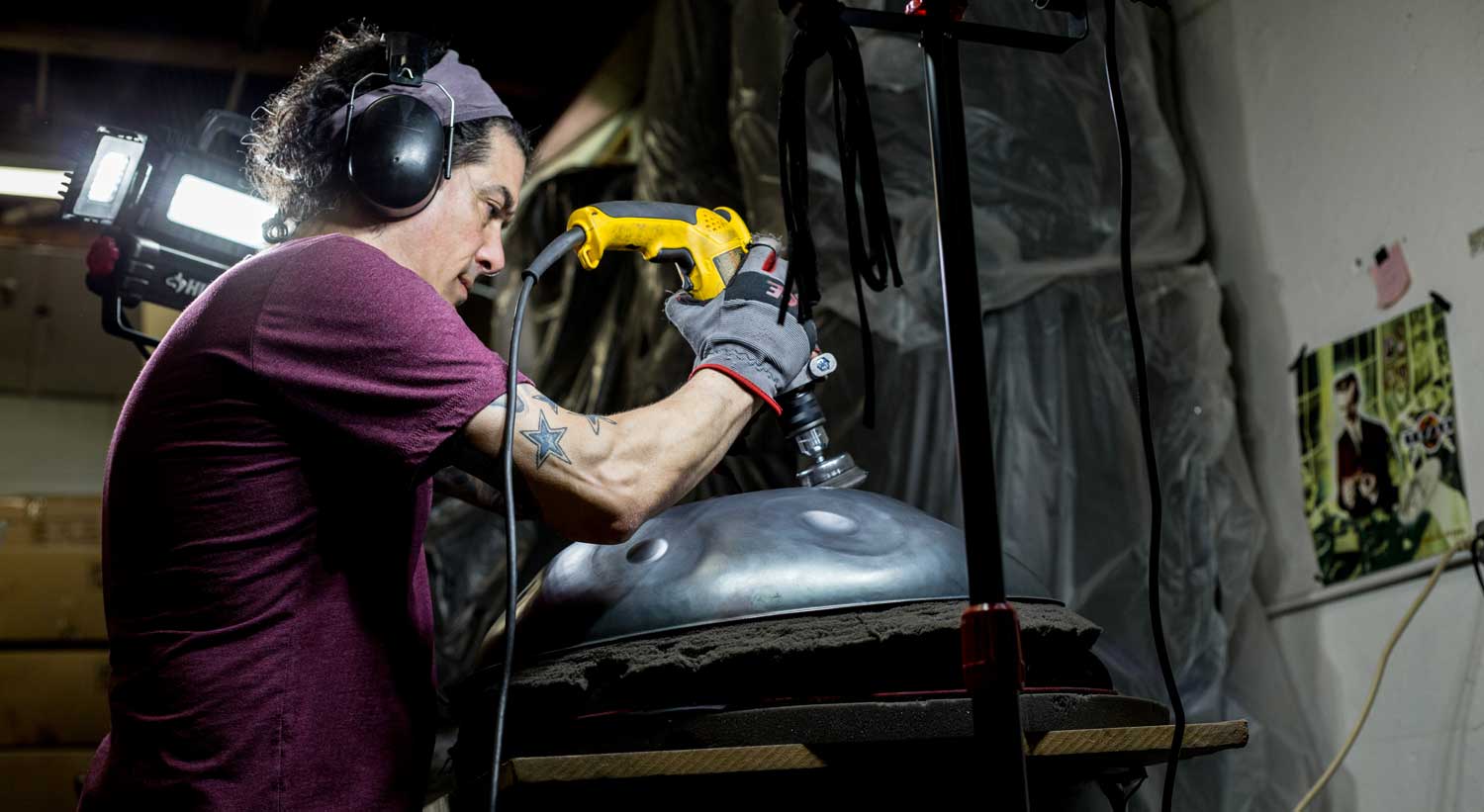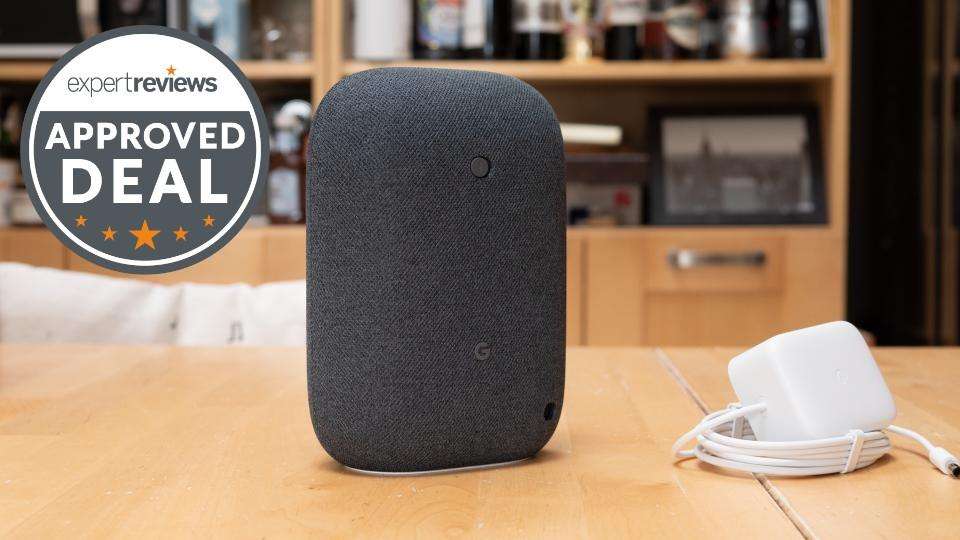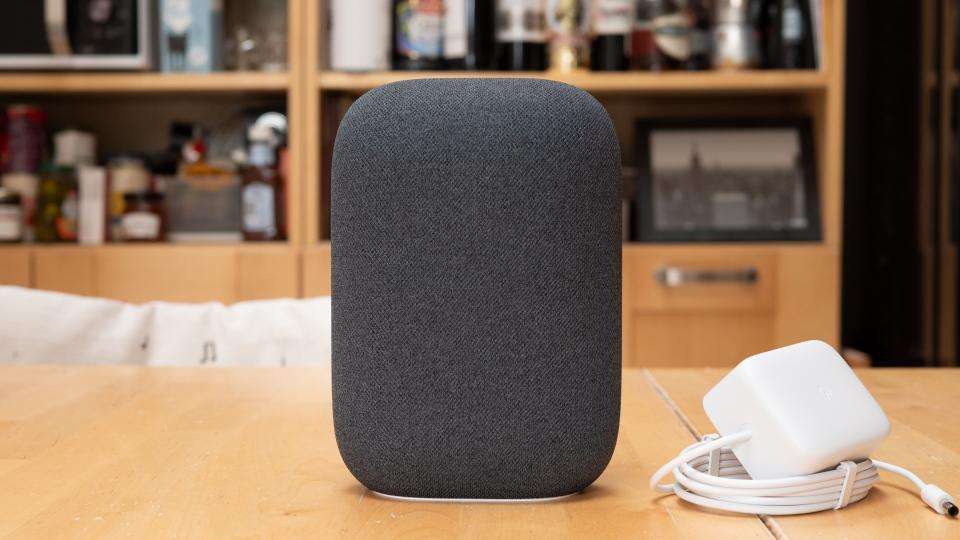Difference Between Maintained & Non-Maintained Emergency Lights
The use of maintained or non-maintained emergency lighting should be decided based upon building type, its occupants and purpose or usage.
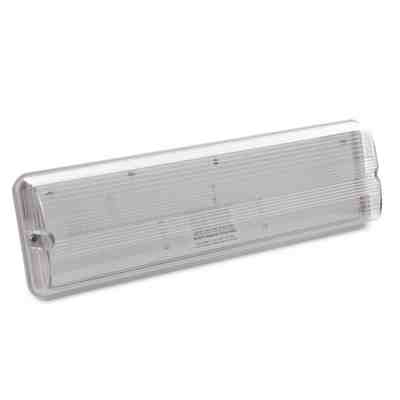
What is the difference between maintained and non-maintained emergency lights?
Maintained Lights
Maintained emergency lighting is on at all times. Maintained emergency lights are mains powered and used as part of the normal room lighting system. But, in an emergency situation when mains power fails, it will continue to stay lit for a specific duration powered by a back-up battery. It is generally used in non-residential places of public assembly such as leisure centres, cinemas, shopping centres etc. In public venues where the normal lighting system is often dimmed, for example cinemas, theatres or bars, maintained luminaries are always required.
Maintained lighting could include lit fire exit signs, bulkhead lighting or recessed downlights. There are LED options available which will reduce energy consumption and therefore running cost.
Non-maintained Lights
Non-maintained lighting usually only comes on for a specific duration when the power supply to normal artificial lighting fails. Non-maintained emergency lights are normally suitable for workplaces which are usually lit when occupied. Non-maintained light fittings are powered by a battery that is charged from a constant trickle of mains power. This battery should have enough charge to remain lit for a duration of 3 hours or more if mains power fails.
Which type of emergency lighting do I need?
British Standards guidelines 5266-1:2011 requires adequate emergency lighting to be installed in all high occupancy residential, public or commercial buildings. There are often more specific recommendations given by local authorities in each area.
Whether maintained or non-maintained emergency lighting is needed is largely a question for fire risk assessors based on each individual circumstance. If non-maintained lighting is deemed sufficient, it is also worth considering the reduced environmental impact and lower energy cost of using non-maintained lighting over time.
Watch our video to learn the difference between maintained and non-maintained emergency lighting
Can an emergency light fitting be both maintained AND non-maintained?
Yes. Maintained emergency light fittings or signs used as part of a normal room lighting system can also be wired to perform as a non-maintained fitting if required. Many maintained fittings are available as switchable units, meaning they can be switched between maintained and non-maintained modes using an ordinary light switch. Non-maintained light fittings cannot be wired for use in maintained operation.
Still unsure which type is most suitable?
If you are unsure which emergency lighting is best for your environment, it is best practice to conduct a fire risk assessment. A risk assessor will advise the most suitable option in line with the regulations.
Fire Risk Assessments On-site fire risk assessment (FRA)
Expert advice from our qualified fire risk assessors
Comprehensive report with clear indications of areas for improvement
Quick and easy booking
10% discount on most fire safety products
FREE online fire safety management portal £315.00 ex VAT £378.00 inc VAT Buy Now
Help guides
More information about all aspects of emergency lighting can be found in our emergency lighting guides.
British Standards
There are various British Standards that set out the regulations for emergency lighting where further guidance can be sought:
What is the difference between Maintained and Non-Maintained luminaires?
The terms Maintained and Non-Maintained are used to describe the mode of operation for an emergency lighting luminaire, and the decision on which mode of operation to use is determined by the use of the permises.
Maintained Emergency Luminaire
This is a luminaire in which the emergency lamps are lit all the time. Maintained mode is generally employed in places of assembly such as theatres, cinemas, clubs etc. The lights are typically dimmed when the premises are occupied, and the emergency escape lighting prevents total darkness.
Non-Maintained Emergency Luminaire
This is a luminaire whose lamps only come on when the power supply to the lighting fails. Non-Maintained lights are typically found in the work place where artificial lighting is normally deployed whilst the premises are occupied.
The classification of Maintained and Non-Maintained mode of operation can be further broken down or defined with the following classifications.
Combined Emergency Luminaire
This is luminaire which contains 2 or more sets of lamps, at least one of which is powered from the Emergency Lighting supply and the other(s) from the normal mains power supply. A combined emergency lighting luminaire can be either Maintained or Non-Maintained.
Compound self-contained Emergency Luminaire
This is a luminaire which operates in either Maintained or Non-Maintained mode, and also acts as the emergency lighting power supply to a satellite luminaire.
Satellite Emergency Luminaire
This is a luminaire which operates in either Maintained or Non-Maintained mode, and which derives it's emergency operation supply from an associated compound self contained emergency luminaire.
Why You Need An LED Emergency Light For Your House
It's a legal health and safety requirement for public buildings to have emergency lighting in case of a blackout. As such, why wouldn't you want to give your family the same level of protection? Replacing your ordinary bulbs with LED emergency lights won't just keep you safe in an emergency, but they can also let you and your loved ones continue business as usual in a power outage. Plus, they're more energy-efficient ' therefore cheaper ' and last much longer than your average bulb.
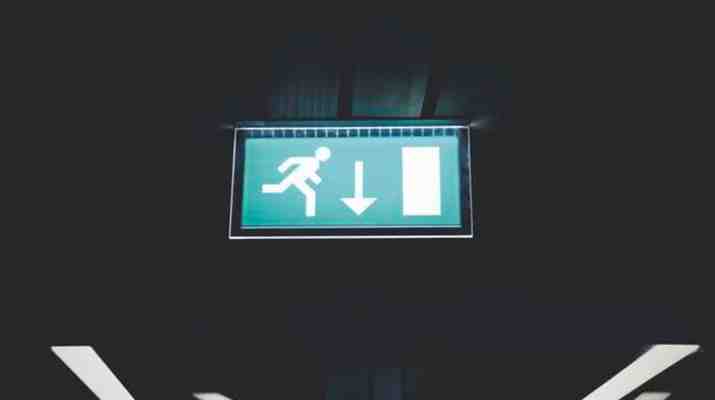
Discover Boundery's EBULB ' featuring innovative technology that lets it provide the same amount of light as a traditional 60-watt incandescent light bulb using only nine watts of energy. In case of a blackout, the inbuilt self-charging battery kicks in, providing up to four hours of uninterrupted light. It's even safe to remove the bulb from its fixture and use it as a flashlight.
When Is Emergency Lighting Required?
During an emergency, you'll likely need to either evacuate the building or, if there's no imminent danger, still be able to see what's going on inside your property. When the power goes out, LED emergency lights kick in to illuminate the building.
Whether you've got to make your way to the circuit board or telephone ' or you just need to get out of the house as quickly as possible, LED lighting is the solution. It'll switch on immediately in case of a blackout, so you won't need to navigate cluttered floors or attempt to go up or downstairs in the dark.
With bright, reliable LED light, you and your loved ones can make your way to safety or get on with reading, journaling or socializing.
What Makes LED the Best Lighting for Emergencies?
In addition to costing less to run, LED emergency lights last longer and require less maintenance than incandescent or fluorescent bulbs. The technology has been around for half a century, but until recently, it's been too expensive for everyday use. The EBULB offers state-of-the-art technology at an affordable price, which means you can replace every bulb in your home for the ultimate peace of mind.
Affordable
Because our LED emergency light uses nine watts when a standard bulb would use 60 watts, it's significantly cheaper. When you replace every bulb in your property with EBULBs, you won't have to replace them as frequently as you would with an incandescent bulb, saving you even more time and money.
Efficient
LED emergency lights are so affordable because they're energy-efficient. An incandescent light bulb has a filament at its center that burns to produce light. LEDs conduct electricity in a different way that hardly generates any hear. All of you energy savers out there will know that the most expensive and least clean type of energy is the type that generates heat.
You can control LEDs digitally, and they're more efficient, lighter and more robust than their traditional counterparts.
Bright
When it comes to emergency lighting, the main priority is that you're able to see. LED emergency lights are some of the brightest lighting solutions on the market. As previously mentioned, they're significantly more illuminating than their incandescent counterparts. When it comes to brightness, LED lights are unbeatable.
Long-Lasting
According to Stanford, LED bulbs last 25 times longer than incandescent bulbs, on average. The fragile filament within a conventional bulb is prone to burning out quickly, which is usually the reason you'd need to replace a light bulb. Because LED emergency lights don't use a filament, you benefit from 25,000 hours plus of light.
Minimal Maintenance
Although you must carry out testing and inspections for all types of lighting, the process is much easier with our EBULBs. You simply flip your breakers, and you'll see the LED lights illuminate immediately.
You might not have thought about it before, but the cost of continually replacing light bulbs adds up. LED emergency lights can save you a significant amount of money on lighting maintenance over time.
What to Do During a Power Outage
EBULBs won't turn on automatically in response to a power outage ' you can use your light switches to flip them on and off as usual. Other than that, you can just sit back and let them do their job.
Emergency bulbs work by sensing the interruption of ions that occurs within their circuits during a blackout. It uses smart technology to flip its power source to the internal battery, instantly illuminating if the switch is on.
How Long Should Your Emergency Lights Stay On?
Once you've activated them, they'll last for up to four hours. Even once they've been switched on for a while, you can detach one, and it becomes a flashlight. This can be handy for finding your way around areas that you haven't lit with LED emergency lights.
EBULB Specifications
Discover the impressive specifications of our EBULB LED emergency light:
TUV certified
25,000 hour LED lifespan (2.85 years)
120 VACS input voltage
3,000 to 3,500K natural/warm white ' most clients describe it as bright white
Uses up to 80% less than a conventional bulb
Equivalent light as a 60-watt incandescent bulb using nine watts of energy
D.C. mode: 500 LED lumens
60 Hz frequency
Suitable for use in any part of the home, indoors or outdoors
We've integrated a portable hook into the base
Not for use in multi-unit fixtures
LED Emergency Light FAQ
Do You Need Emergency Lighting?
Most states require that all non-domestic residential buildings with more than one floor must be safe for use at all times, including during a blackout. If this regulation is in place for public places, it makes sense that homeowners should apply the same logic to their homes.
Of course, the state can't dictate that every household installs emergency lighting ' it's too intrusive. However, for protection in case of an emergency, every home should have at least one emergency light.
How Do Emergency LED Lights Work?
When the power goes out, the LED bulb senses the change in energy flow and automatically switches over to its built-in battery if the circuit is active. To activate the emergency light, you can just switch your light switches off and on as usual. You'll then have enough power for four hours of continuous light.
What Are the Other Types of LED Emergency Lights?
There are many different types of emergency lighting for homes and businesses; some of these include:
Panels
Bulkheads
Battens
Signs
Twin spots
Downlights
Gear trays
How to Test Emergency Lights
Testing your EBULB emergency light is easy. You can simply flip your breakers to check if your LED emergency lights are operating correctly.
How Frequently Should I Test Emergency Lights?
Due to the fact they don't contain a volatile filament, it's unlikely that you'd need to replace it before its 25,000-hour lifespan is finished. We'd still recommend that you check them at least once a month.
What Are the Main Benefits of LED Lighting?
LED bulbs are more energy-efficient than incandescent bulbs
Your initial investment is likely to be recuperated in energy bill savings ' your insurance premiums might even go down slightly
Unlike the majority of light sources, they waste very little energy in the form of heat
They're bright enough to deliver normal lighting levels in a blackout
This type of bulb lights up quickly in case of a power outage, and you can switch it on and off as much as you need
LED light bulbs are less fragile than conventional bulbs, so they last longer
They don't contain mercury, so there's no potential risk
If you live somewhere that suffers from blackouts; they're ideal
Which States Have the Most Power Outages?
Power outages occur everywhere in the world, including Europe, the U.K., Australia, where you'd use the E27 EBULB base. Venezuela, Dominican Republic, Ecuador, Mexico, Japan, Korea and other places with the same fixture use the E26 base. Unfortunately, the power grid in the U.S. is prone to blackouts. The worst areas for weather-related power outages in the country include:
Georgia
Alabama
Mississippi
Texas
Ohio
Kentucky
Indiana
Hawaii
Power Grid Statistics
According to data from the Inside Energy grid disruption database, outages have been steadily on the rise in recent years across the U.S. This means the need for emergency lights is more pertinent than ever. Here are some interesting findings from the study:
When comparing the years 2000 and 2013, the average number of outages per month increased sixfold.
June is the most common month for power outages related to severe weather, followed by August and then July.
Extra strain on the power grid is caused by aging infrastructure, population growth and increasingly frequent extreme weather.
Between 2010 and 2013, there were 200 reported grid outages. In contrast, between 2000 and 2004, there were just 44 outages.
Get LED Emergency Lights for Your Home Today
If you're ready to make your home even safer, replace your conventional light bulbs with long-lasting, energy-efficient EBULBs today.

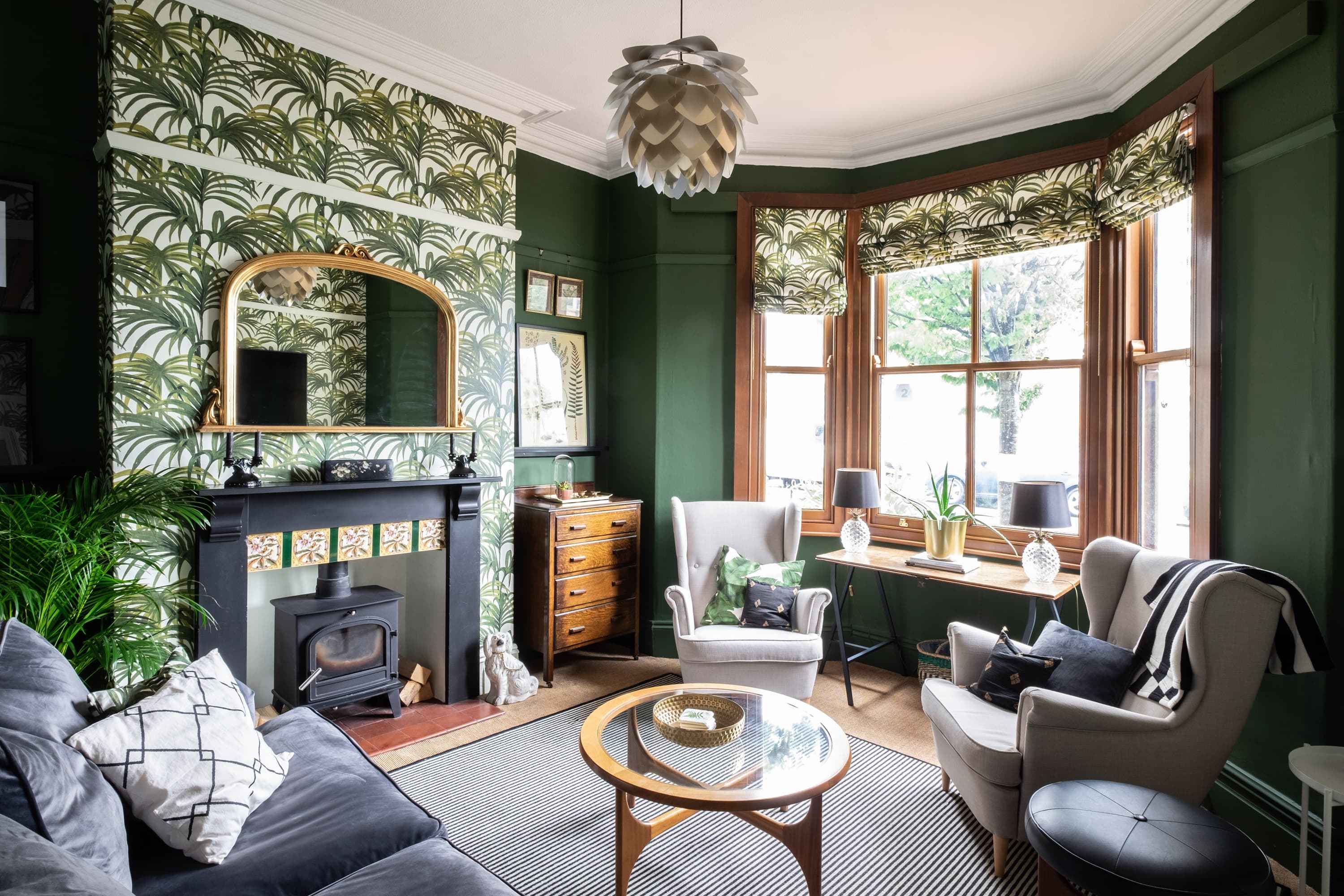
![31 Best IPTV Services for FireStick, Android TV, PC [Dec 2021]](https://www.lampsofbible.com/storage/upload/Images/_1639646173_nXrO23JGnM.jpg)
